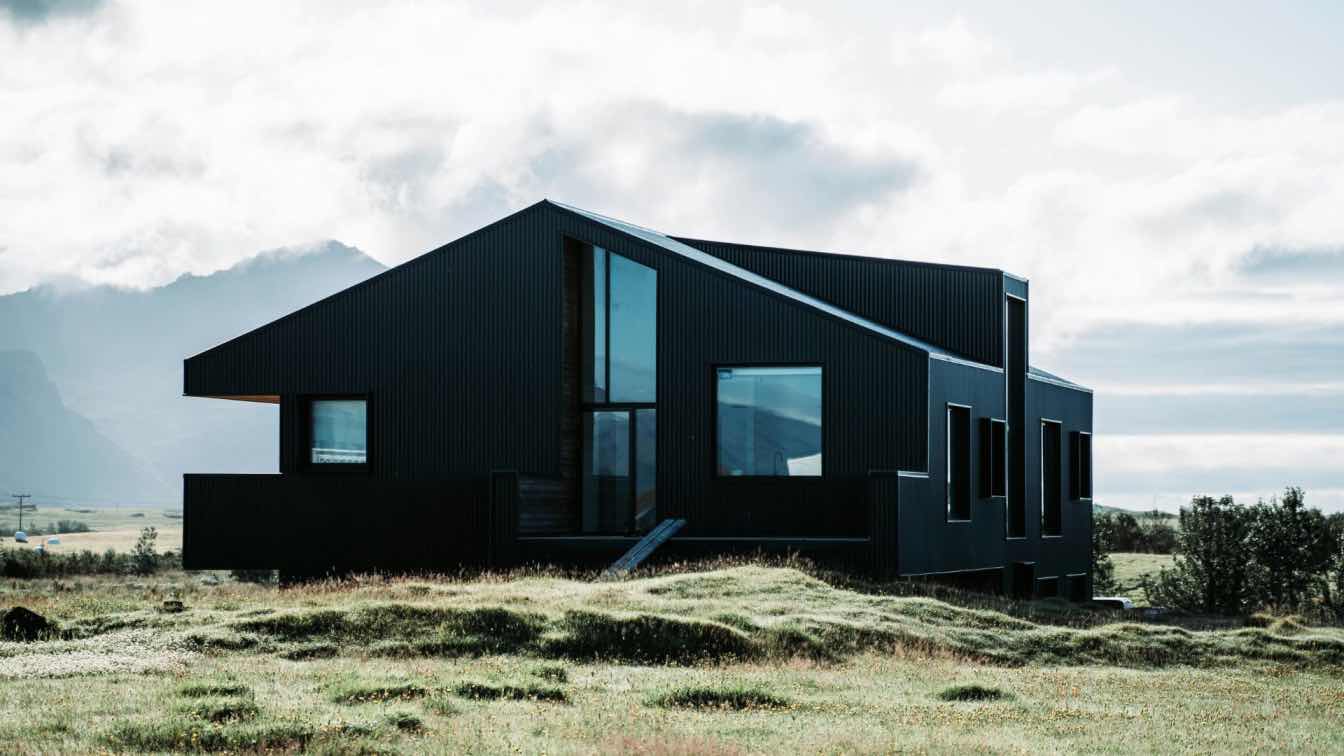In recent years, the integration of solar technology into architecture has gained significant momentum, reshaping how buildings harness and utilize energy. Bold architectural designs are now incorporating solar panels as aesthetic elements, aligning functionality with modern design principles. By incorporating solar technology, buildings not only reduce their environmental footprint but also exemplify cutting-edge architectural trends.
Architects and designers are exploring new materials and methods to seamlessly blend solar technology with modern structures. These designs are not limited to rooftops; facades and windows are also being equipped with photovoltaic elements. This integration provides both energy efficiency and appealing visual statements, showcasing the versatility and potential of solar applications in architecture.
The Evolution of Solar Technology in Architecture
Solar technology has transformed architectural design, allowing for innovative building solutions. By embracing energy efficiency, architects integrate advanced solar panels, shaping sustainable infrastructure.
Historical Integration of Solar Panels
The integration of solar panels into architecture has its roots in the mid-20th century. Architects first began experimenting with solar technology following the oil crises of the 1970s, as energy-efficient strategies gained traction. Initially, panels were bulky and not aesthetically pleasing.
Early solar initiatives were typically limited to residential projects. Buildings incorporated solar collectors primarily for heating purposes. Over time, awareness of renewable energy potential spurred further adoption, setting the stage for future innovations that would make solar technology more viable in diverse architectural contexts.
Advancements in Solar Panel Efficiency
Recent decades have witnessed significant improvements in solar panel efficiency. Today’s panels are compact and offer higher energy yields, thanks to advances in materials and photovoltaic cell design. Technologies like monocrystalline and polycrystalline silicon significantly enhance energy conversion rates, making panels more effective in varying environments.
Building-integrated photovoltaics (BIPV) represent a cutting-edge development, seamlessly blending solar tech with building elements. This shift reduces reliance on traditional energy sources and highlights solar energy's scalability in urban planning, reshaping the architectural landscape with sustainable, energy-efficient designs.
Principles of Solar Design in Modern Architecture
In modern architecture, efficiently harnessing solar energy involves strategic building placement and integrating technology like solar panels.
Solar Orientation and Building Placement
Effective solar design in architecture prioritizes the orientation of a building to optimize sunlight exposure. Structures are ideally positioned with a southern orientation in the northern hemisphere. This positioning ensures maximum solar gain throughout the day.
Besides placement, considerations of angles and shading elements help reduce energy loss. Sun paths and seasonal variations are analyzed to refine building sites and to integrate solar panels optimally on roofs.
Incorporating Passive Solar Heating
Passive solar heating is a key principle in solar design. It uses sunlight to naturally heat spaces without mechanical systems. To achieve this, architects utilize materials that store and distribute heat, such as concrete, brick, or stone.
Design elements like large south-facing windows allow sunlight to penetrate deeply into interiors. Overhangs or deciduous trees may provide shade during the summer, reducing excess heat while maximizing sun exposure in winter.
Maximizing Natural Daylight
Maximizing natural daylight is achievable by designing open floor plans and utilizing large windows and skylights. These features minimize the reliance on artificial lighting.
Transparent and translucent materials allow natural light diffusion, enhancing illumination without glare. Solar panels can double as shading devices on facades, providing energy while reducing direct sunlight exposure. Properly used, natural daylight not only cuts down energy use but also improves occupant well-being by creating more inviting spaces.
Integration Methods for Solar Technology
Incorporating solar technology into modern architecture can be achieved through various approaches.
Building-Integrated Photovoltaics (BIPV)
Building-Integrated Photovoltaics (BIPV) involves embedding solar panels directly into the design of a building. These panels become part of the building's structure, such as roofs, facades, or windows. One of the primary benefits is aesthetic integration, allowing the structure to maintain a sleek appearance.
BIPV systems can replace conventional building materials and simultaneously generate energy. This method reduces the need for additional mounting structures. They are designed not only for energy production but also for thermal and sound insulation.
Retrofitting Older Structures with Solar Panels
Retrofitting involves adding solar panels to existing buildings without significant alterations to the original structure. This approach is cost-effective for older buildings, where redesign is impractical. Specific considerations include structural load capacity and available roof space.
How solar panels are installed typically involves mounting panels on the roof using brackets or frames, ensuring optimal sun exposure. Advanced techniques may include panel-embedded roofing, which combines the solar cells with roofing materials..
Challenges and Considerations
Integrating solar technology into modern architecture requires careful thought about aesthetics, regulatory compliance, structural issues, and financial aspects.
Aesthetic Considerations in Solar Design
Architects face the challenge of maintaining design integrity while incorporating solar panels. Design flexibility is crucial, as solar modules need to blend with the building's shape and style. They come in various sizes, colors, and materials, allowing them to be integrated creatively.
Yet, achieving seamless integration demands careful planning. Building-integrated photovoltaics (BIPV) offer a solution by replacing conventional materials in parts of the building, such as roofs, facades, or windows. These can enhance visual continuity, but they also come at a higher cost.
Regulatory and Structural Challenges
Regulatory frameworks vary widely by location, affecting how solar technology can be implemented. Local building codes and zoning laws influence solar panel placement, design, and installation. Ensuring compliance often means navigating complex permit processes and adhering to environmental regulations.
Structures must also support the additional weight and wind loads introduced by solar panels. This requirement can necessitate engineering assessments and potential reinforcement of existing structures. Planning for these elements early can help avoid costly adjustments or redesigns later.
Financial Incentives and ROI
Financial considerations are a significant part of integrating solar technology. Upfront costs can be high, but various incentives exist to offset these expenses. Grants, tax credits, and rebates can make solar investments more appealing and financially viable.
Furthermore, understanding the potential return on investment (ROI) is crucial. Long-term savings on energy bills, coupled with increased property value, often justify the initial expenditure. Accurate financial forecasts depend on several factors, including solar panel efficiency, local energy prices, and available sunlight, influencing payback periods.





